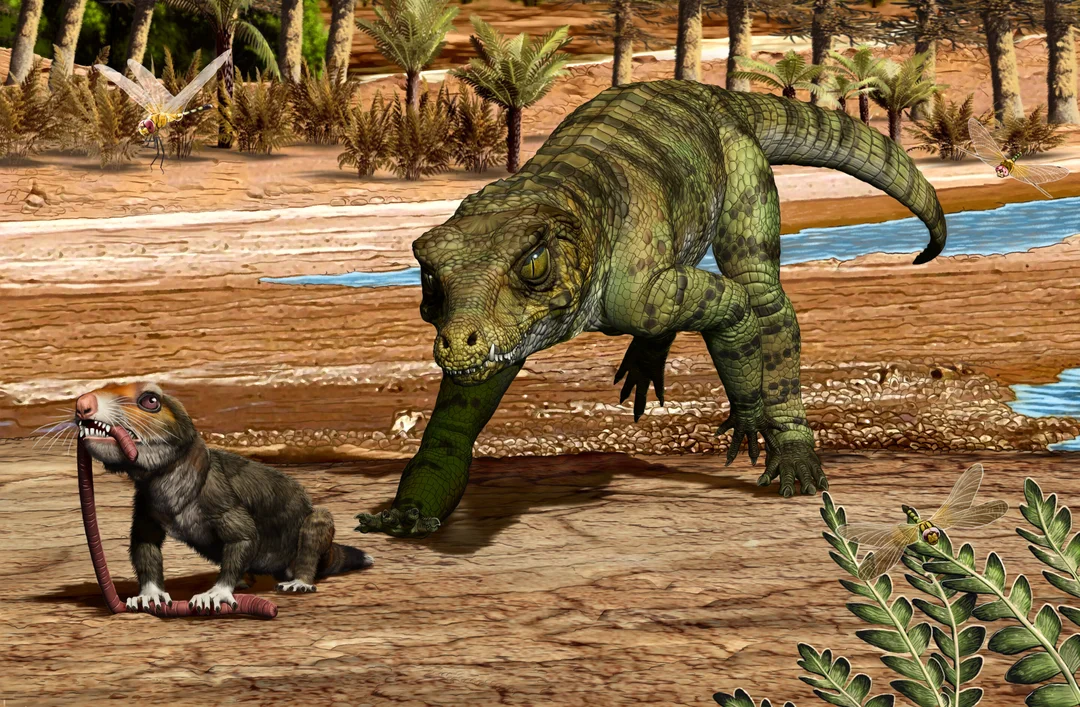
The Resilience of Crocodilians: Surviving Millennia of Mass Extinctions
When we think of modern crocodiles and alligators, many envision these formidable creatures as relics of a bygone era—a living glimpse into the age of dinosaurs. However, new research reveals a fascinating narrative of resilience that transcends mere survival; it showcases the incredible evolutionary adaptability of crocodylomorphs, ancestors of today’s crocodilians, who have survived not one, but two mass extinction events over the span of 230 million years.
A study conducted by researchers from the University of Central Oklahoma and the University of Utah unravels key traits that contributed to the longevity of these semi-aquatic predators. As we examine their evolutionary journey, we uncover how their dietary flexibility and habitat adaptability have played a crucial role in their survival.

The enduring lineage of crocodylomorphs has managed to flourish amid intense competition and dramatic environmental shifts. The authors of the study, including lead researcher Keegan Melstrom, emphasize the importance of being a dietary generalist. "Being a dietary generalist allows for survival during periods of mass extinction, as they can adapt to various food sources when others collapse," Melstrom explains.
This remarkable flexibility in their eating habits is not just a modern attribute; it traces back to the Late Triassic and Late Cretaceous periods. For instance, while many of their relatives perished, the semi-aquatic generalists thrived. Crocodilians today exhibit behaviors that were once widespread among their ancestors, feeding on a range of prey— from fish and frogs to larger mammals. This dietary adaptability is a key factor in their survival, particularly noted during the end-Cretaceous mass extinction that wiped out the non-avian dinosaurs.

Despite surviving past extinction events, contemporary crocodilians face the looming threat of a sixth mass extinction characterized by habitat destruction and climate change. It's a poignant reminder that adaptability, while a critical asset, is still vulnerable to human impacts. Professor Randall Irmis from the University of Utah highlights the plight of critically endangered species like the Gharial and the Cuban Crocodile, advocating for conservation efforts to ensure their survival.
As we reflect on the impressive evolutionary history of crocodilians, it inspires concern and hope. These "living fossils" serve not only as a testament to nature’s resilience but also as a plea for ongoing conservation awareness. Can studying their adaptations offer insights into how we might protect other vulnerable species in today's rapidly changing world? Share your thoughts in the comments below, and let’s start a conversation on the importance of preserving our planet's biodiversity.